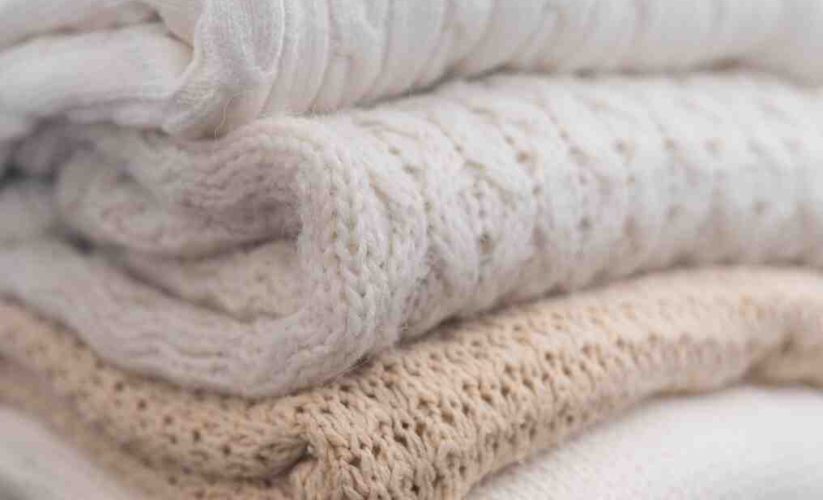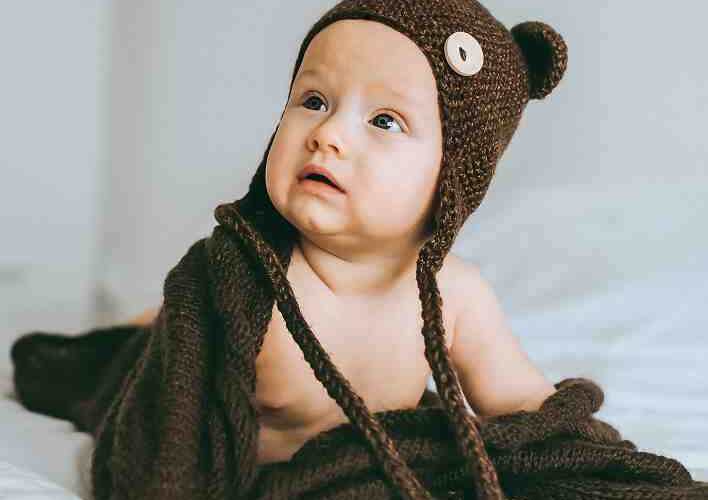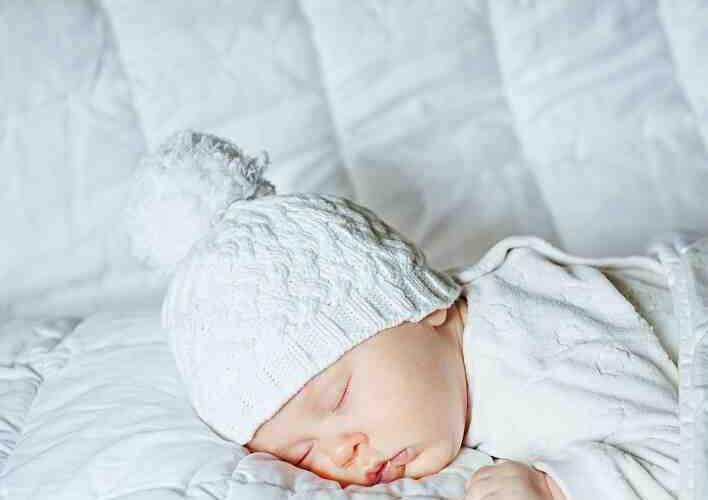
Best Fabrics for Homemade Baby Swaddles
Best Fabrics for Homemade Baby Swaddles
Swaddling is one of the most comforting ways to help a newborn feel secure, and choosing the right fabric for your homemade baby swaddle is crucial to ensure comfort, breathability, and safety. Babies have sensitive skin, so the fabric you choose should be soft, gentle, and breathable. It should also be easy to wash and durable enough to withstand frequent use. With so many fabric options available, it can be overwhelming to choose the best one for a swaddle. Here’s a guide to help you pick the ideal fabric for your homemade baby swaddle.
1. Cotton
Why it’s great: Cotton is a classic and highly popular fabric for baby swaddles due to its softness, breathability, and affordability. It is lightweight, easy to find, and comes in a wide variety of prints and colors, making it easy to customize your swaddle to fit your style.
Pros:
- Soft and gentle on baby’s skin.
- Breathable and moisture-wicking, which helps keep babies cool in warm weather and warm in cooler weather.
- Durable and easy to wash.
- Hypoallergenic, making it a good option for babies with sensitive skin.
Cons:
- May wrinkle after washing.
- Can sometimes feel stiff if not pre-washed, but this can be remedied after the first wash.
Best for: Most babies, especially in moderate climates. Cotton swaddles are perfect for everyday use.
2. Muslin
Why it’s great: Muslin is a lightweight, breathable fabric that’s perfect for swaddling, especially in warmer climates. It’s often used for baby blankets and swaddles due to its soft texture and airy feel.
Pros:
- Extremely breathable, making it ideal for preventing overheating.
- Becomes softer with every wash.
- Slightly stretchy, which allows you to wrap your baby snugly without being restrictive.
- Often made from organic cotton, making it eco-friendly.
Cons:
- Can shrink after washing (especially if not pre-washed).
- May not be as warm as thicker fabrics, making it less ideal for cooler weather.
Best for: Hot climates or for babies who tend to overheat easily. Muslin swaddles are also perfect for summer months.
3. Bamboo
Why it’s great: Bamboo fabric is a newer option gaining popularity for baby swaddles due to its softness, durability, and eco-friendliness. Bamboo swaddles are soft and have a silky texture that feels luxurious against a baby’s skin.
Pros:
- Ultra-soft and gentle on baby’s delicate skin.
- Highly breathable and moisture-wicking, helping to keep babies cool and dry.
- Naturally hypoallergenic, making it a great choice for babies with sensitive skin or allergies.
- Sustainable and eco-friendly fabric.
Cons:
- Can be more expensive than other fabrics.
- Requires gentle washing and care to maintain its softness and prevent wear.
Best for: Parents looking for an eco-friendly, ultra-soft fabric. Great for sensitive skin or babies prone to rashes.
4. Organic Cotton
Why it’s great: Organic cotton is grown without pesticides or harmful chemicals, making it a safer option for babies with sensitive skin or those prone to allergies. It’s just as soft and breathable as regular cotton, but it’s more sustainable and better for the environment.
Pros:
- Soft and breathable.
- Free from chemicals, which is ideal for babies with sensitive skin.
- Eco-friendly and sustainable.
- Durable and long-lasting with proper care.
Cons:
- Can be more expensive than conventional cotton.
- May not be as widely available in certain prints and patterns.
Best for: Parents who prioritize eco-friendly and chemical-free fabrics for their baby. Great for babies with sensitive skin or allergies.
5. Flannel
Why it’s great: Flannel is a soft, warm fabric often used for baby blankets, especially in cooler climates. It’s thicker than cotton and muslin, providing extra warmth and coziness, making it ideal for colder weather.
Pros:
- Warm and cozy, making it a good choice for cooler weather.
- Soft and gentle on the skin.
- Durable and withstands repeated washes.
Cons:
- Heavier and less breathable than cotton or muslin, which may cause overheating in warm climates.
- May shrink or pill with repeated washing.
Best for: Babies born during colder months or in cooler climates. Flannel is perfect for fall and winter swaddles.
6. Jersey Knit
Why it’s great: Jersey knit fabric, often made from cotton, is a stretchy and soft fabric that’s perfect for swaddling. It has a t-shirt-like feel and offers just the right amount of stretch to wrap around your baby snugly without being too tight.
Pros:
- Stretchy and snug, allowing for a comfortable, secure fit.
- Soft and breathable.
- Provides a cozy, comfortable feel similar to your baby’s favorite t-shirt.
Cons:
- Not as breathable as lighter fabrics like muslin or bamboo, so it may not be ideal for hot climates.
- Stretch can cause the fabric to lose shape over time if not cared for properly.
Best for: Babies who enjoy being tightly swaddled and for parents in moderate climates who want a soft, comfortable swaddle.
7. Cashmere
Why it’s great: Cashmere is a luxurious, ultra-soft fabric that’s incredibly warm and gentle. While it’s not a common choice for baby swaddles, some high-end baby items are made from cashmere because of its softness and warmth.
Pros:
- Extremely soft and gentle against baby’s skin.
- Very warm, making it perfect for cooler months.
- Luxurious feel, providing a cozy, comforting experience for your baby.
Cons:
- Expensive and not necessary for everyday use.
- Requires careful handling, as it can be delicate and prone to pilling or damage with frequent washing.
Best for: Parents seeking a luxurious, warm fabric for winter months or special occasions.
8. Linen
Why it’s great: Linen is another natural, breathable fabric that is becoming more popular for baby swaddles. While linen can feel a bit stiff at first, it softens beautifully over time, and its lightness makes it perfect for warmer months.
Pros:
- Naturally breathable and lightweight, making it great for hot weather.
- Durable and becomes softer with each wash.
- Naturally hypoallergenic and anti-bacterial.
Cons:
- Initially stiff, but softens over time.
- Wrinkles easily, which may not appeal to everyone.
Best for: Warm weather or for those who prefer natural fabrics. Linen is great for making a swaddle that’s comfortable and breathable.
Conclusion
Choosing the best fabric for your homemade baby swaddle depends on your priorities, climate, and your baby’s skin sensitivity. Cotton, muslin, and bamboo are all excellent choices for everyday use, offering comfort, breathability, and softness. Flannel and cashmere are great for colder months, while organic cotton is perfect for those who want an eco-friendly option. Whatever fabric you choose, make sure it’s soft, breathable, and gentle on your baby’s skin for the best swaddling experience.



